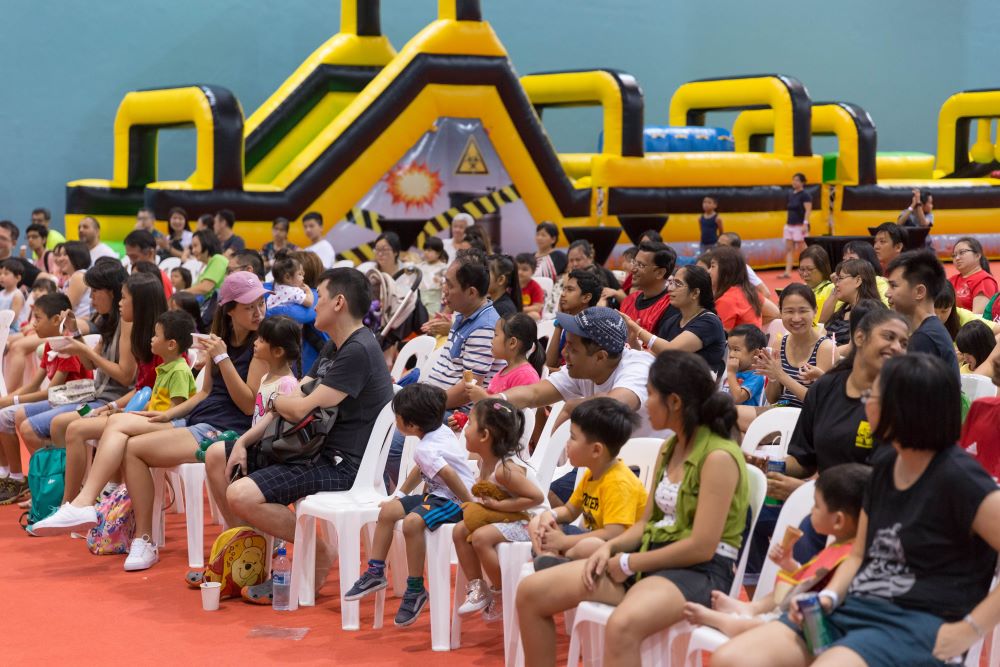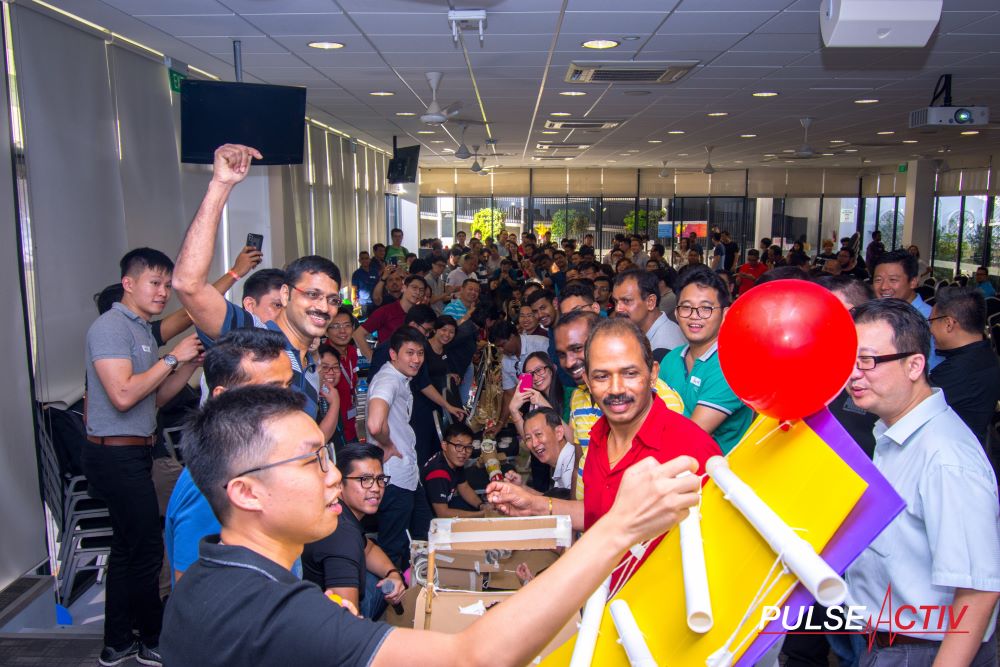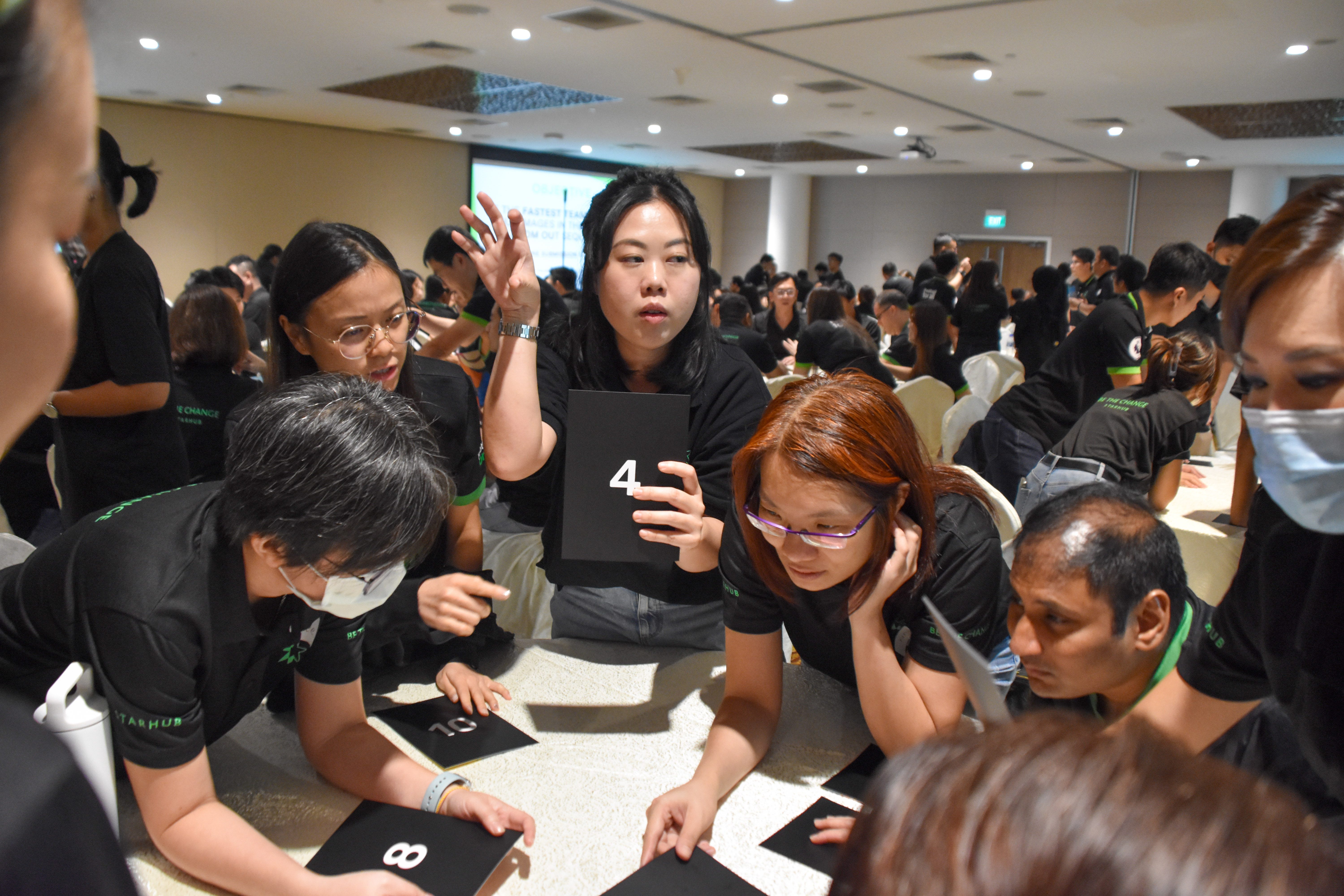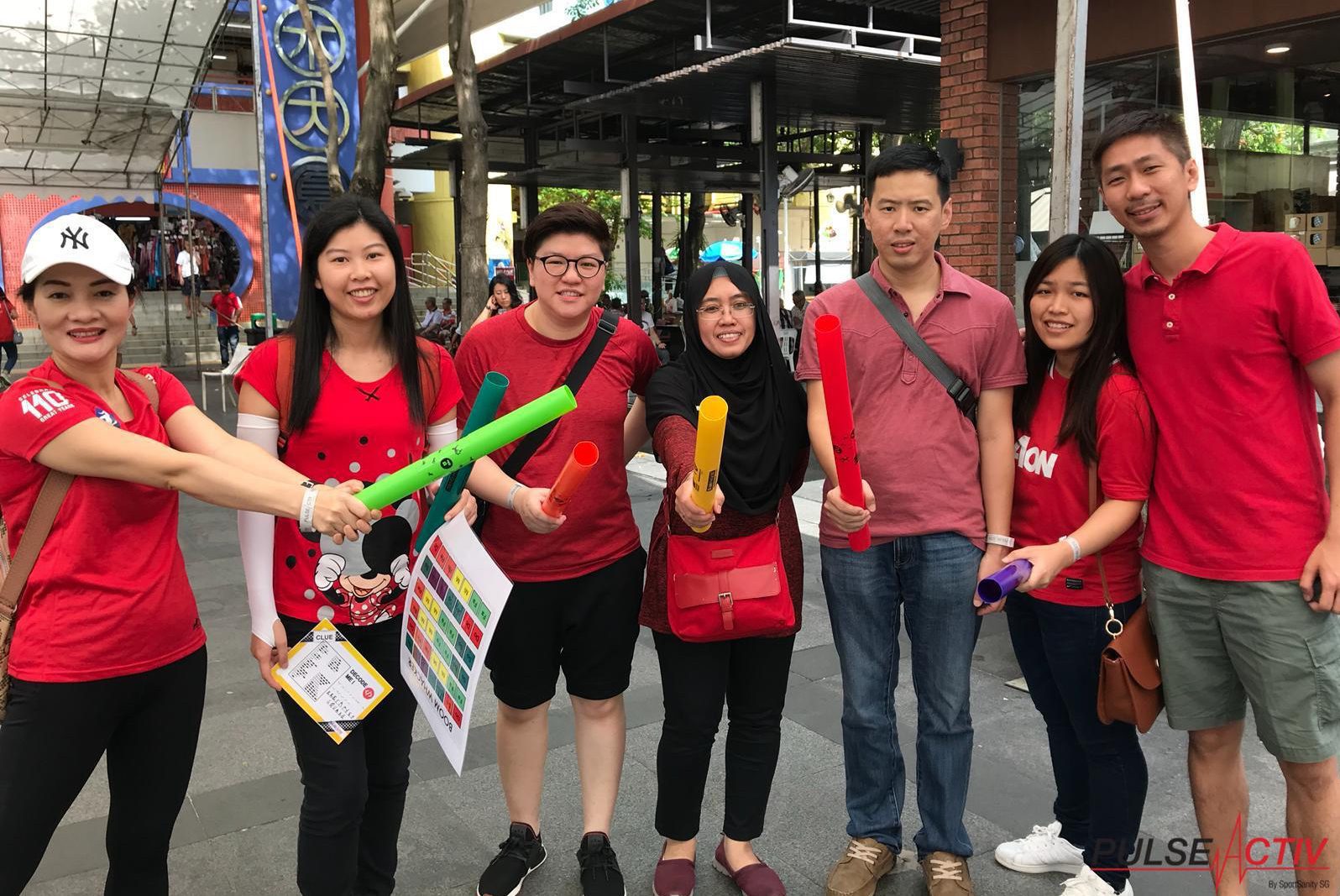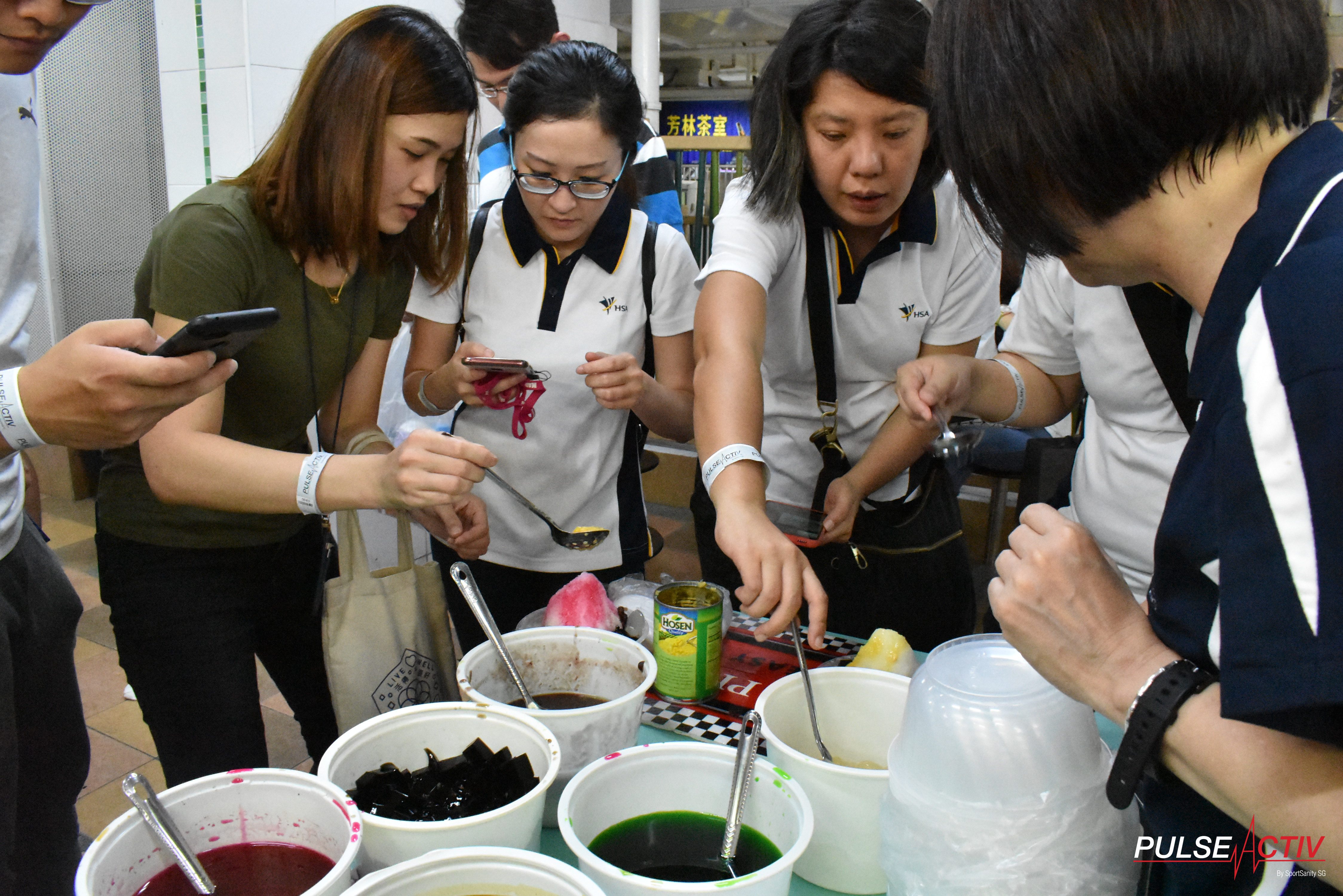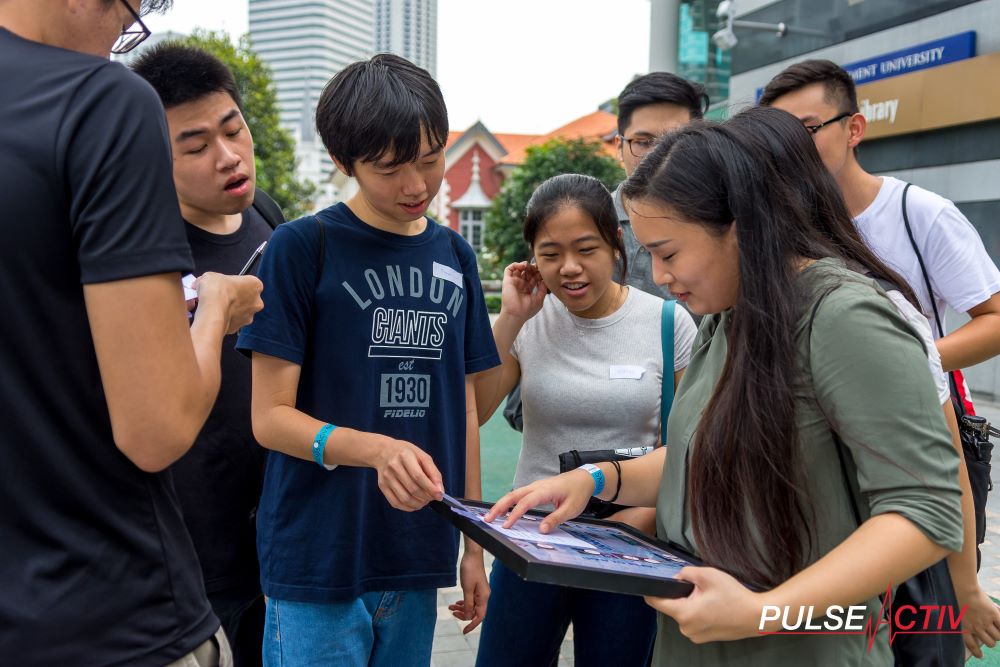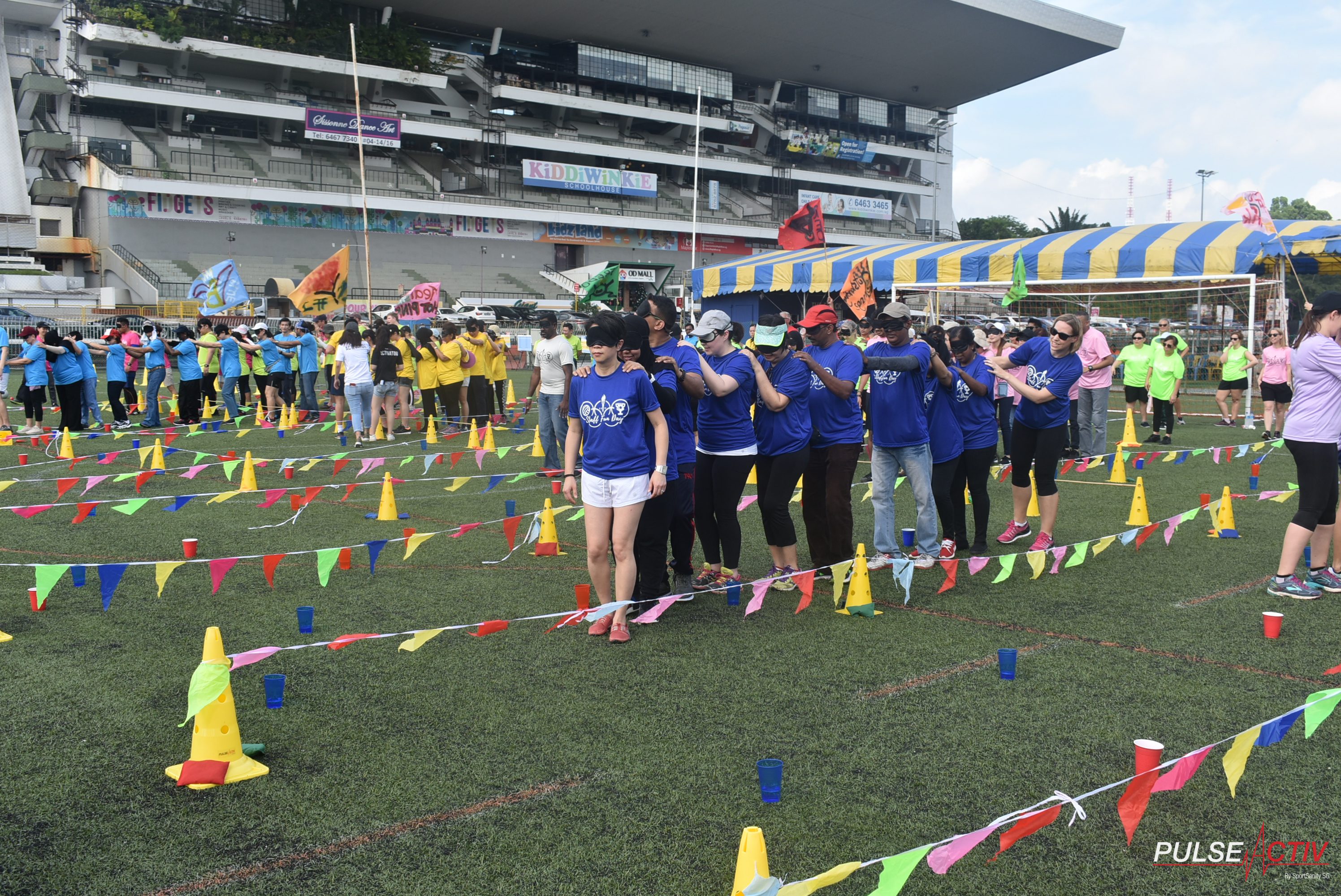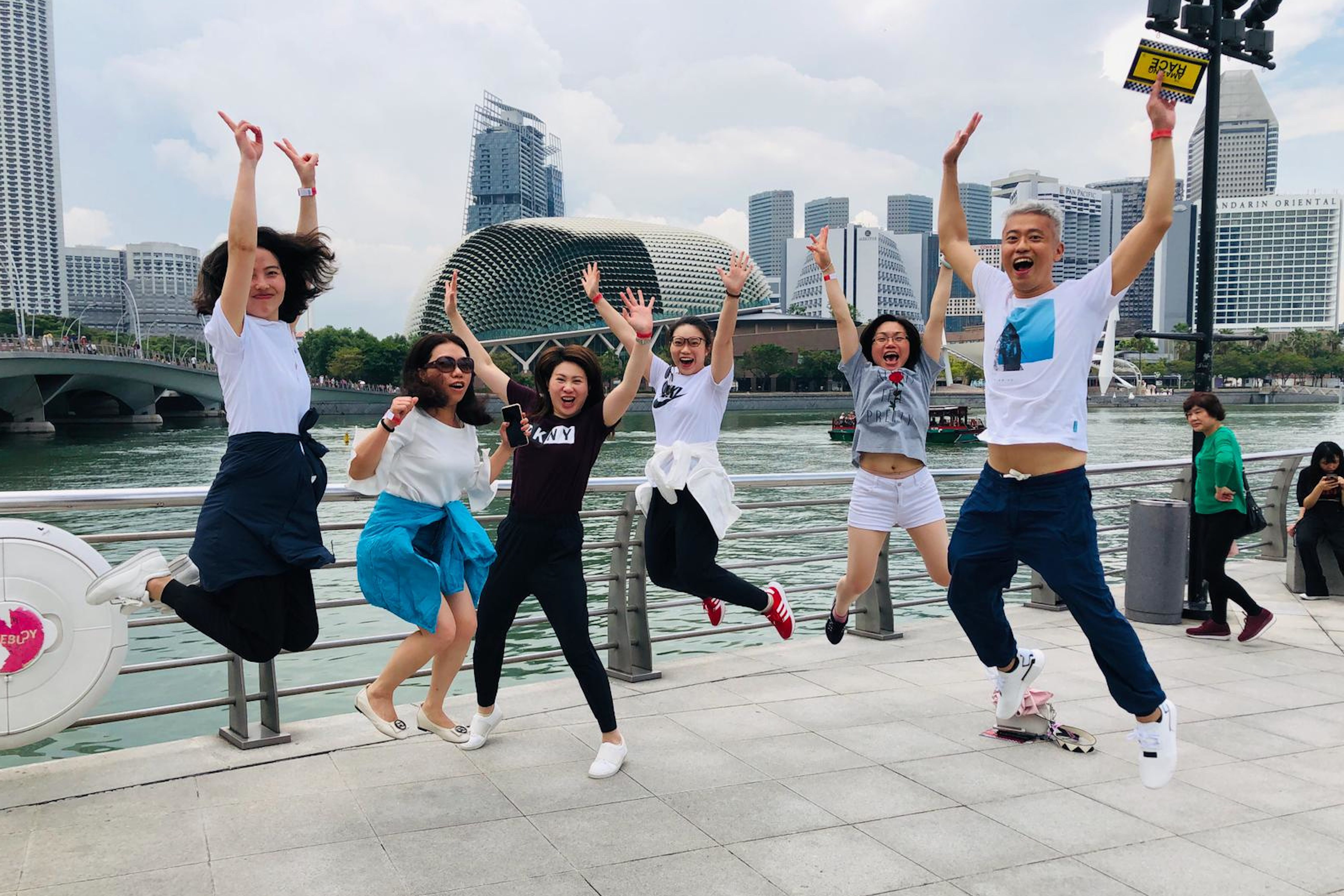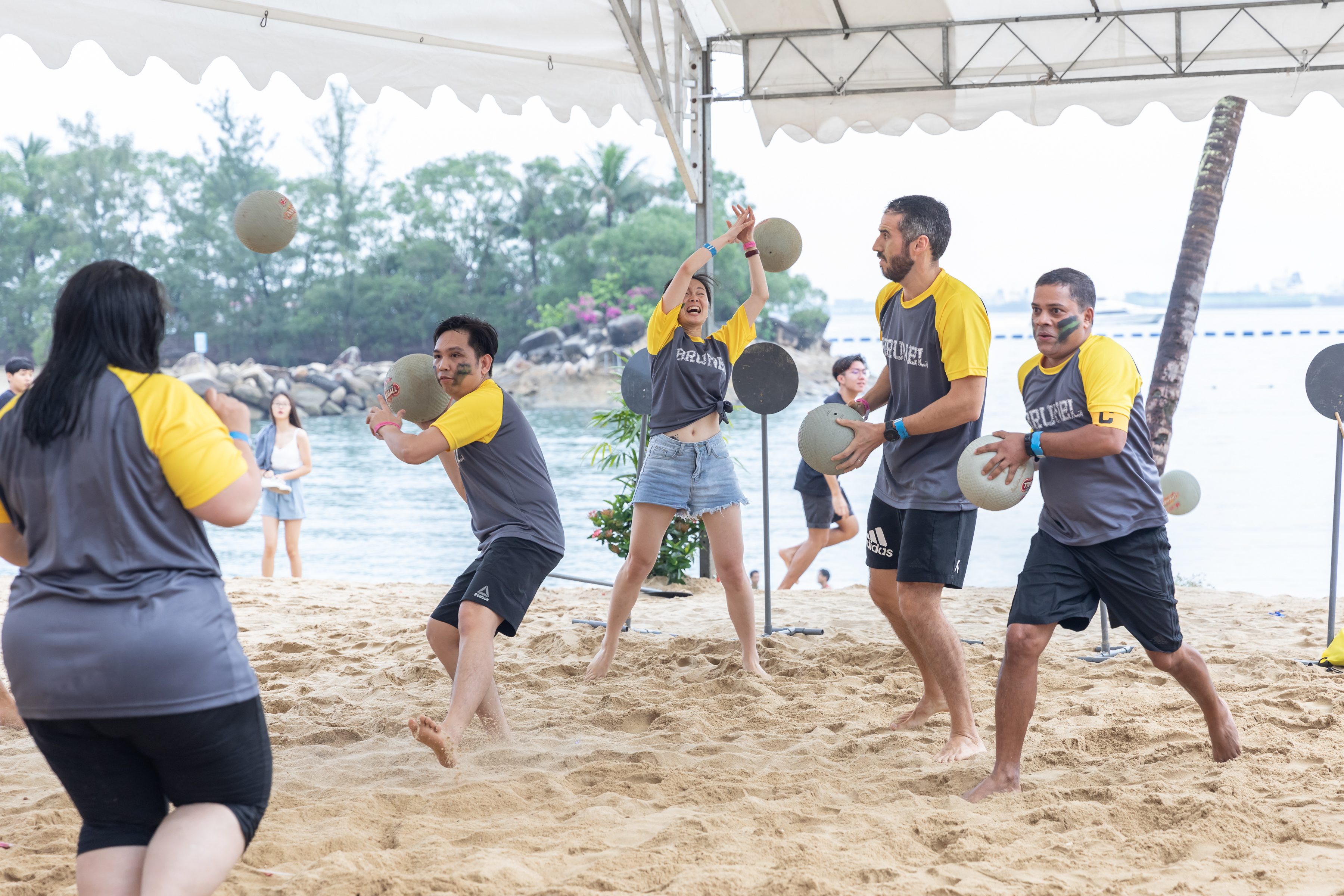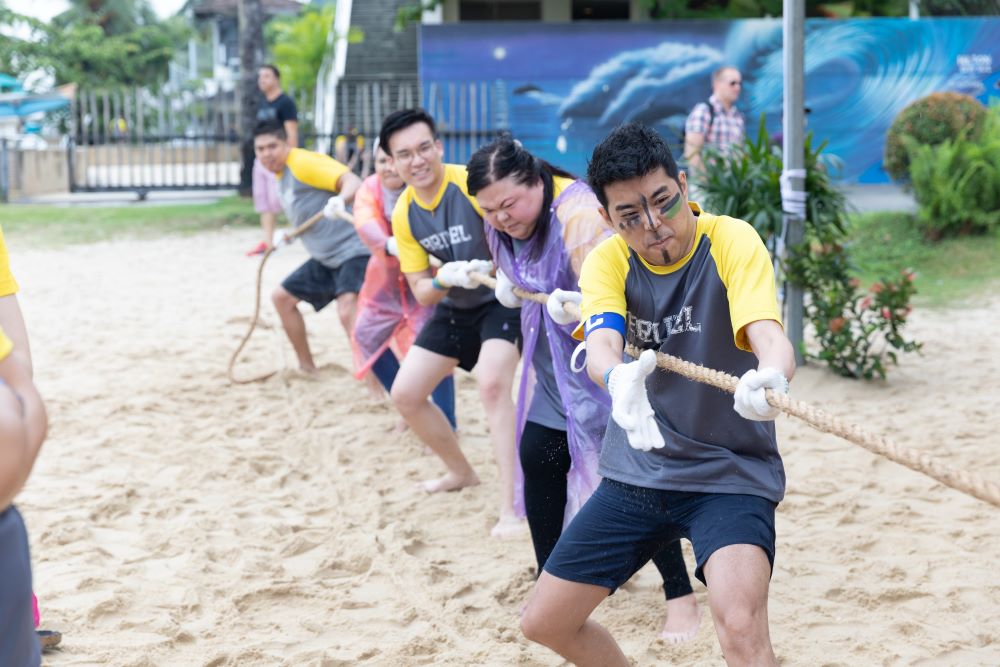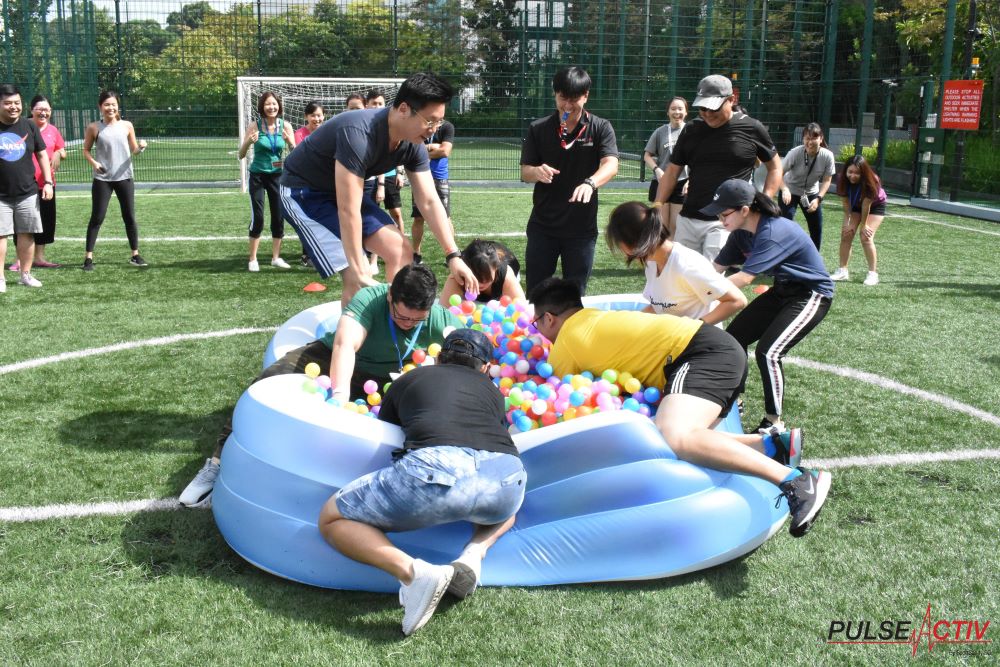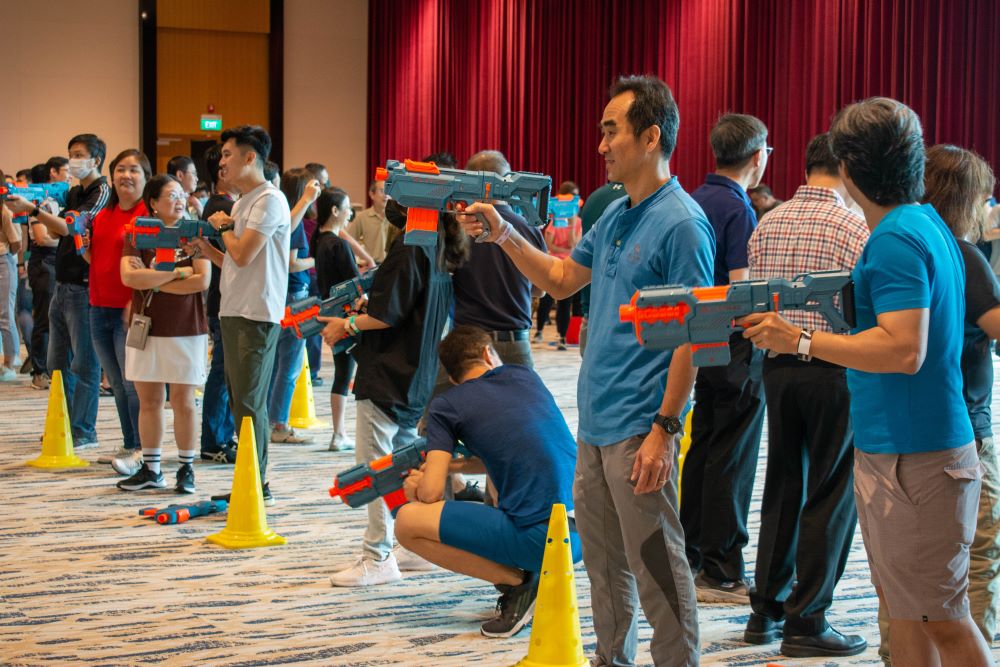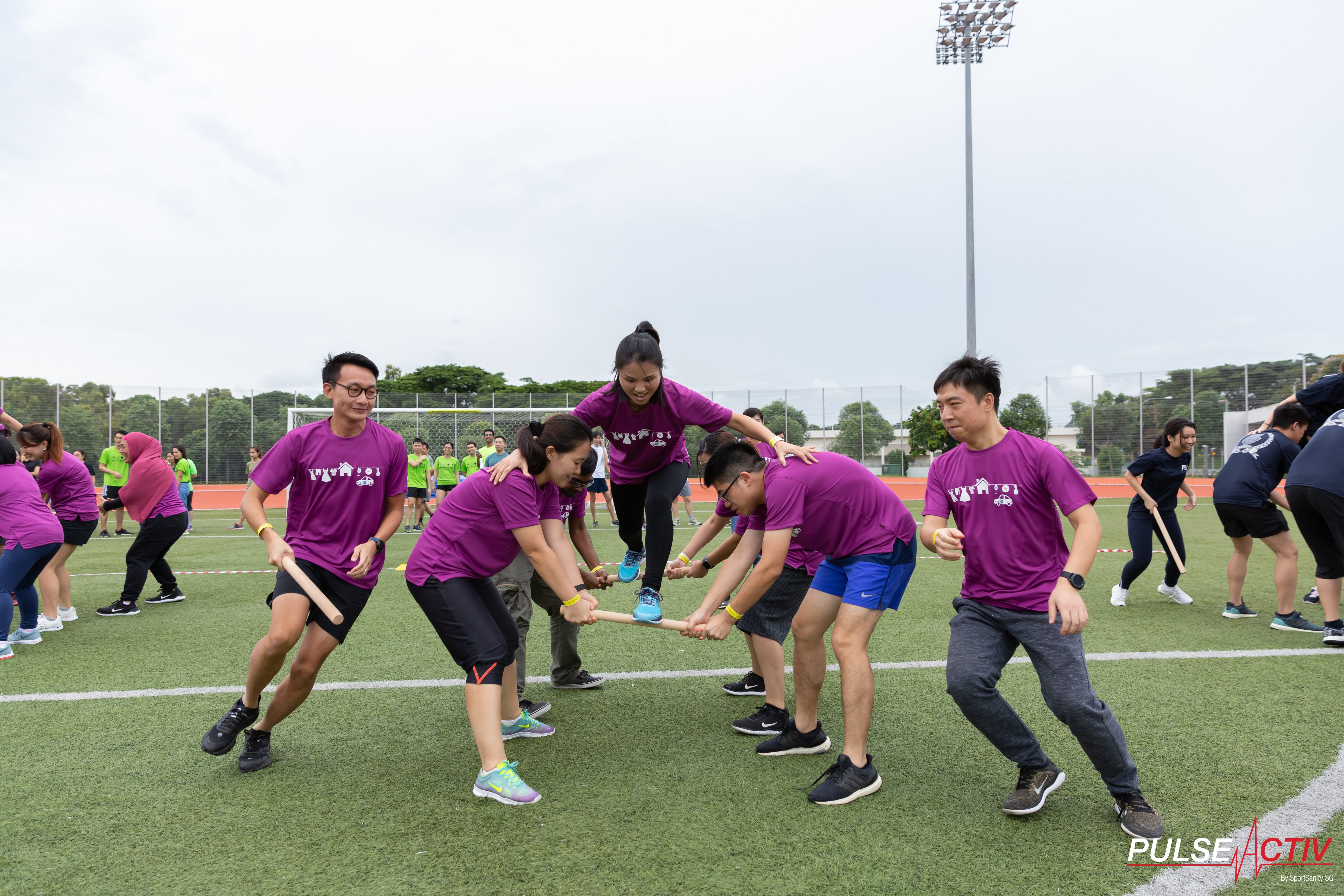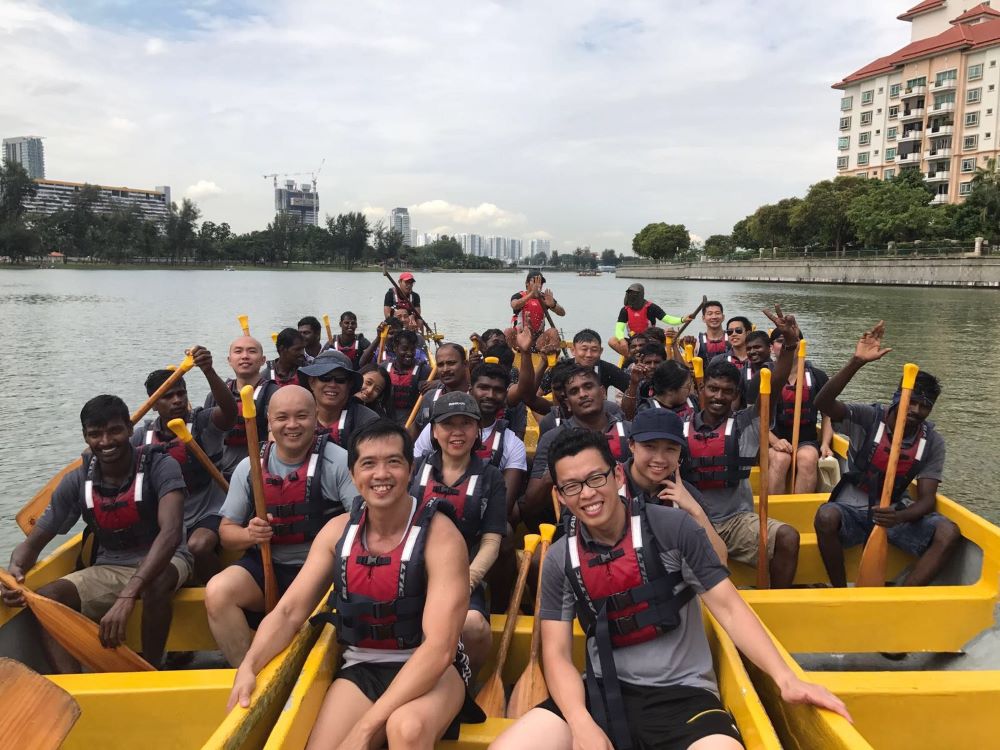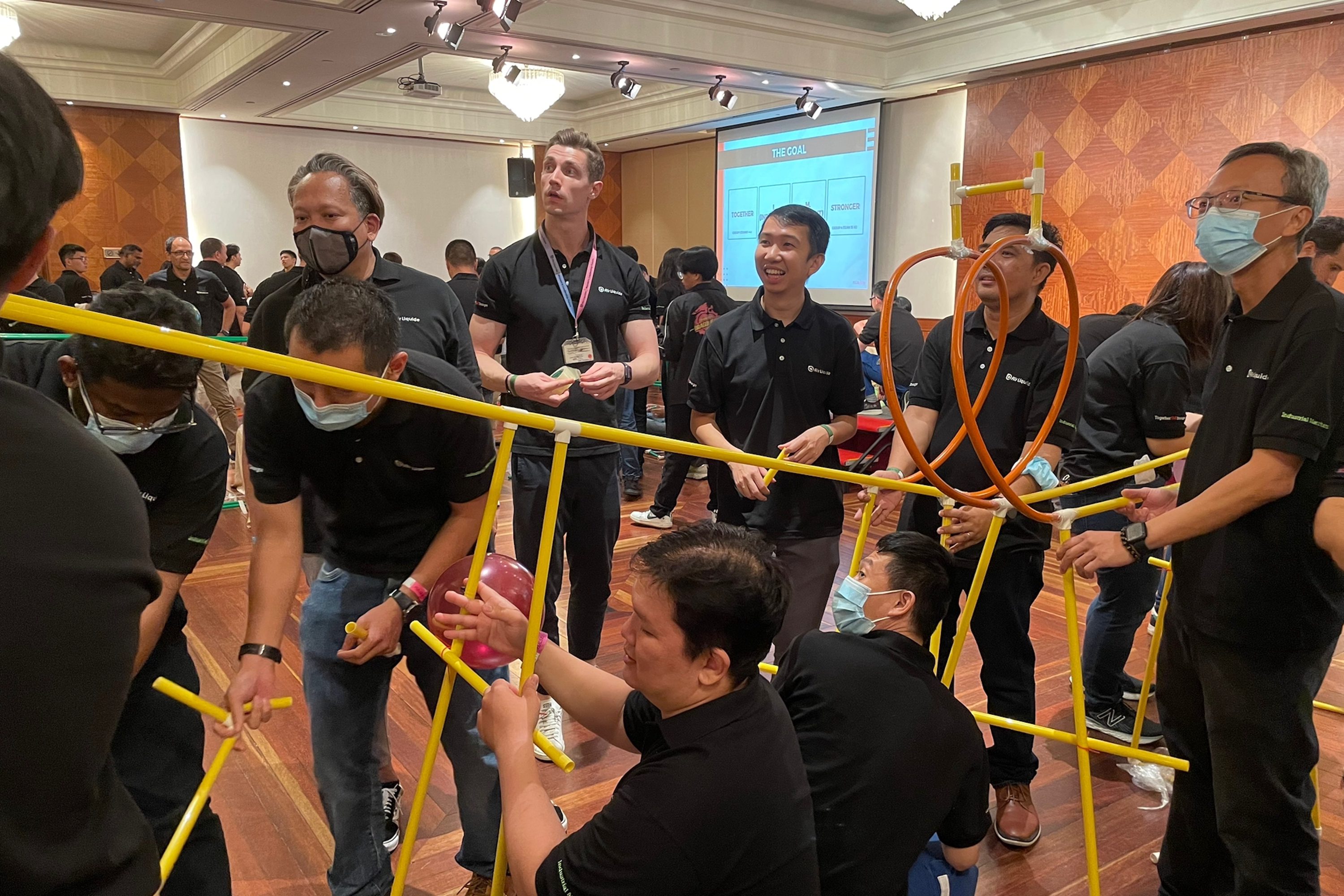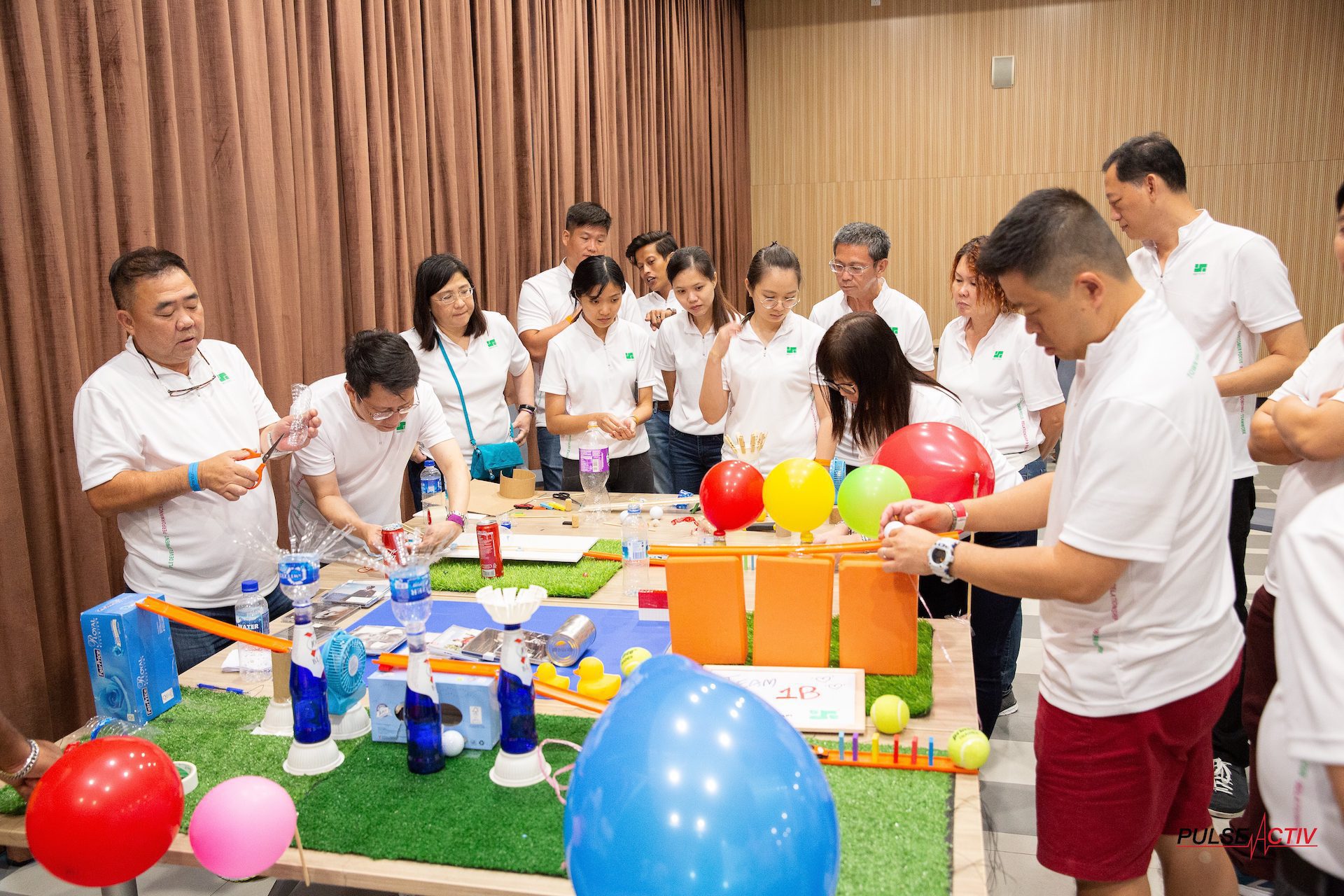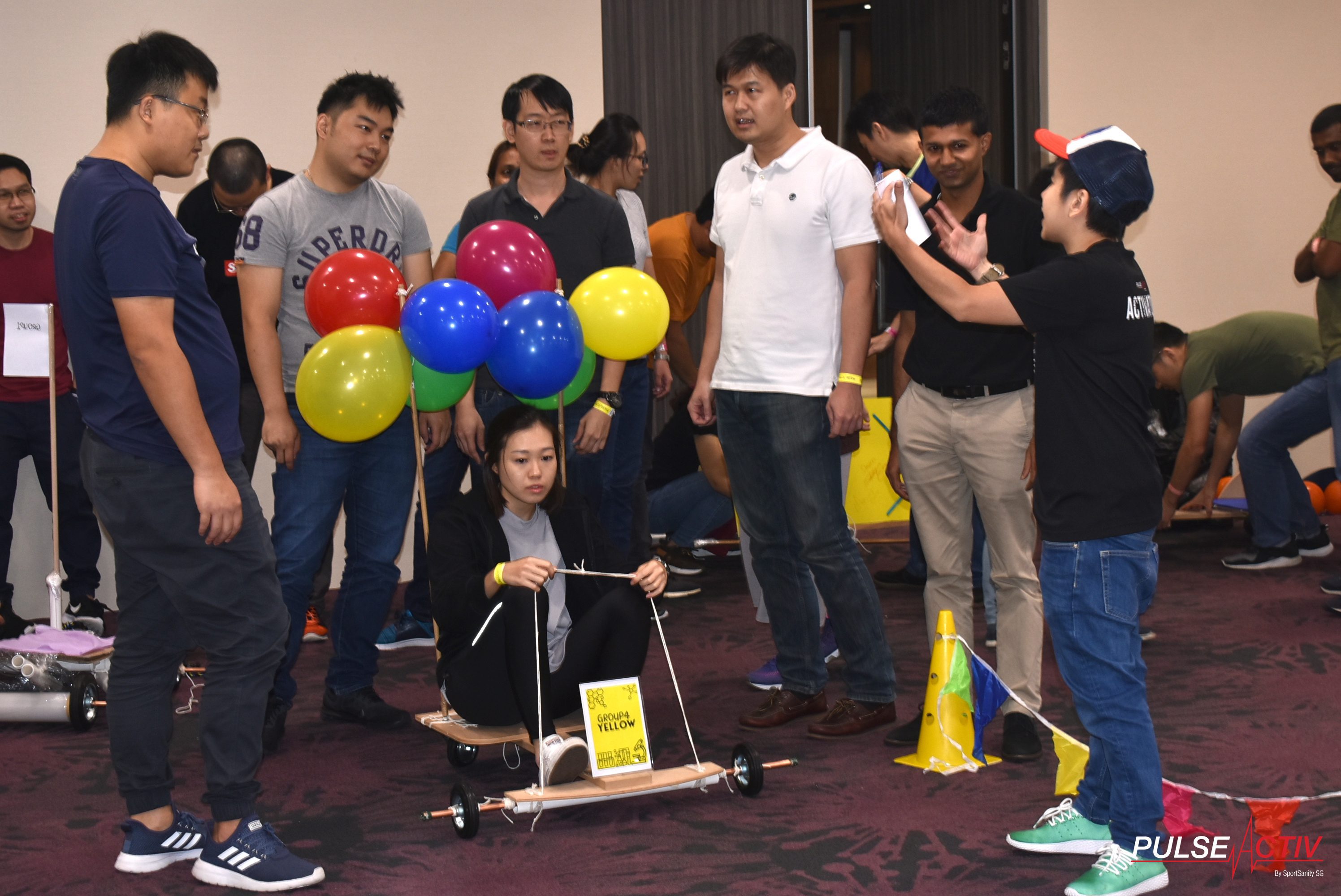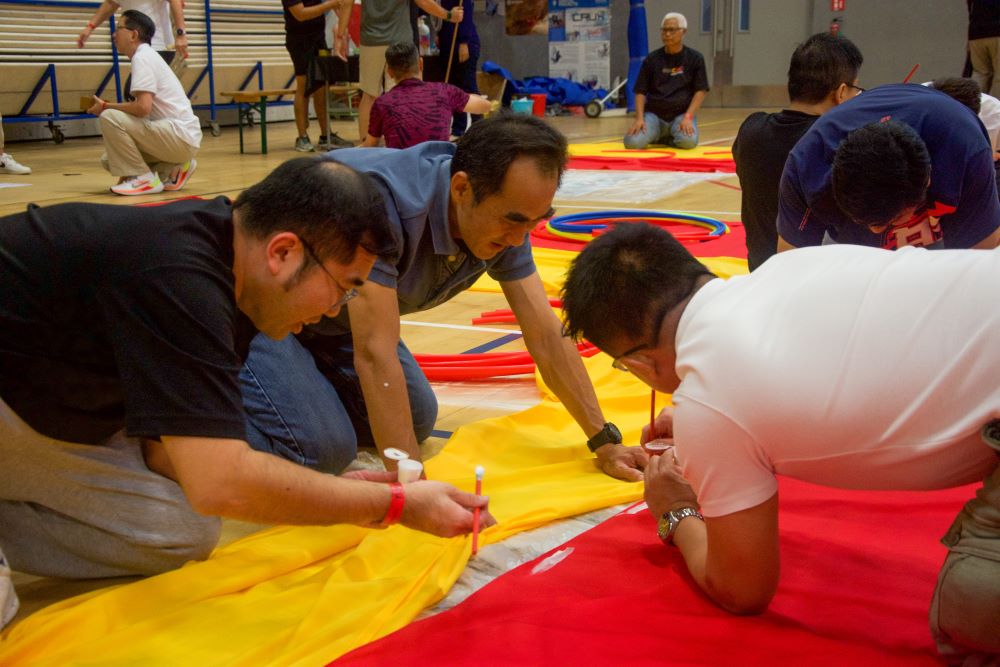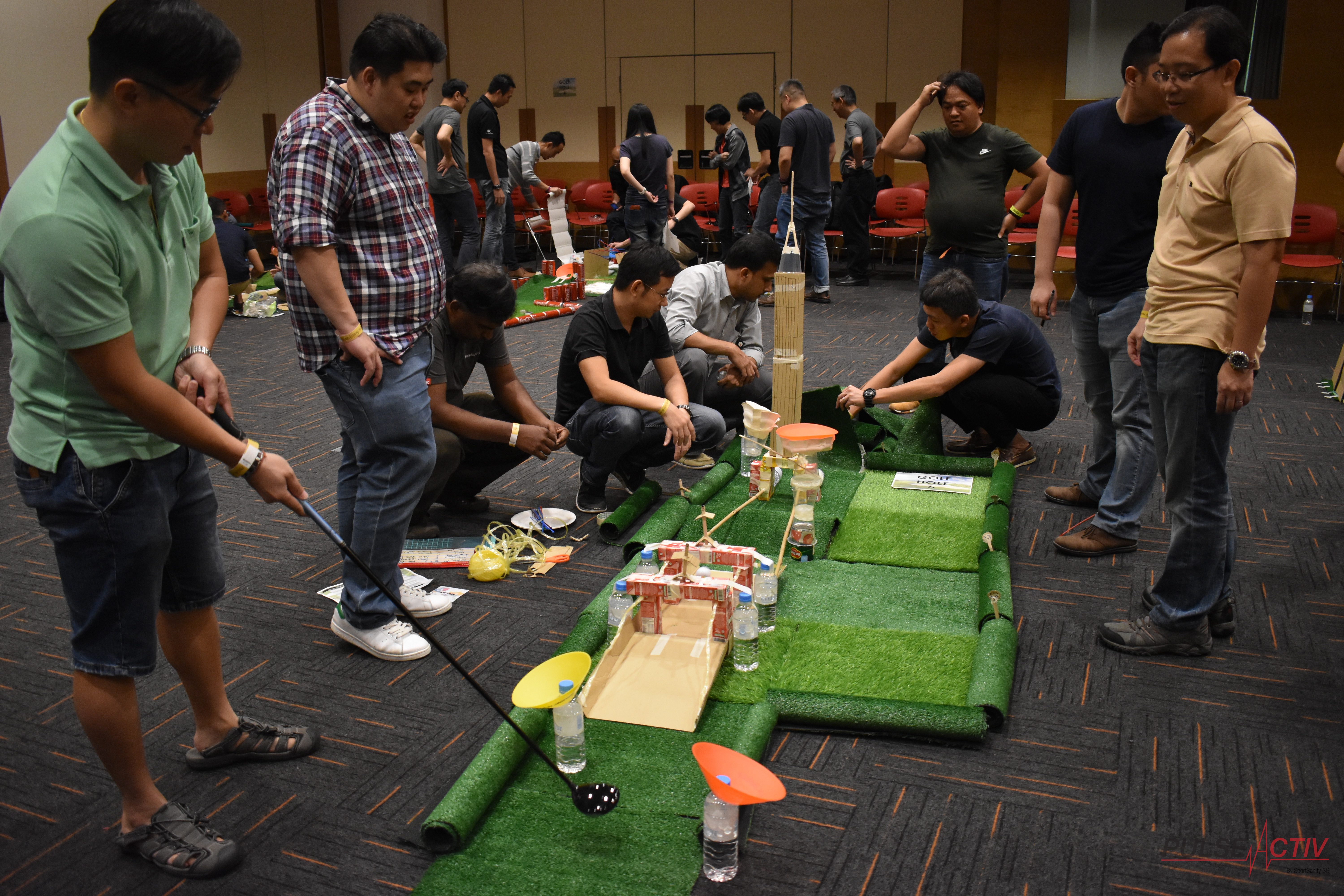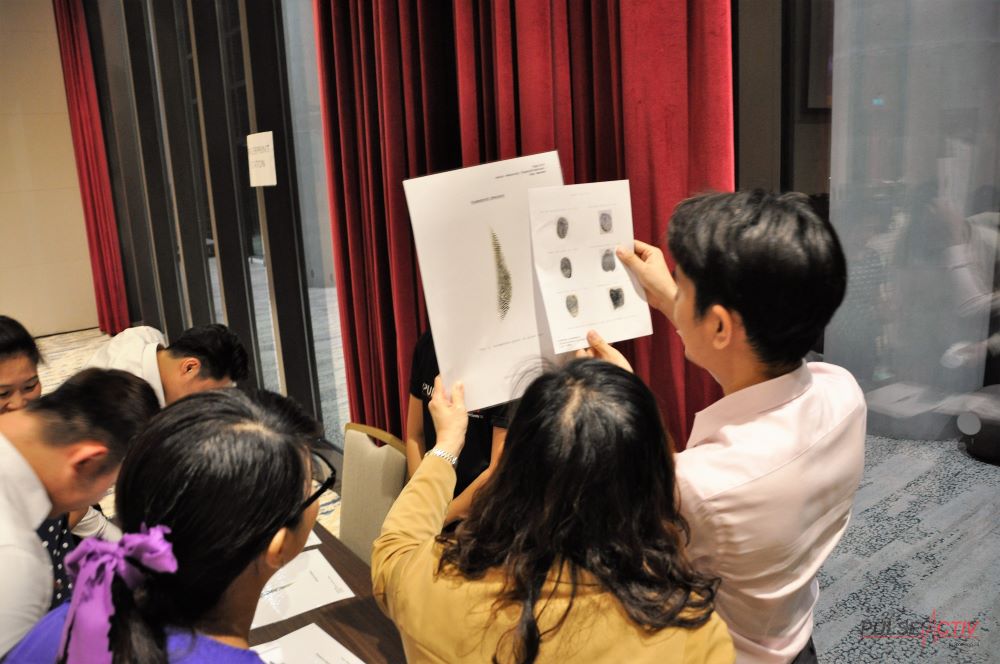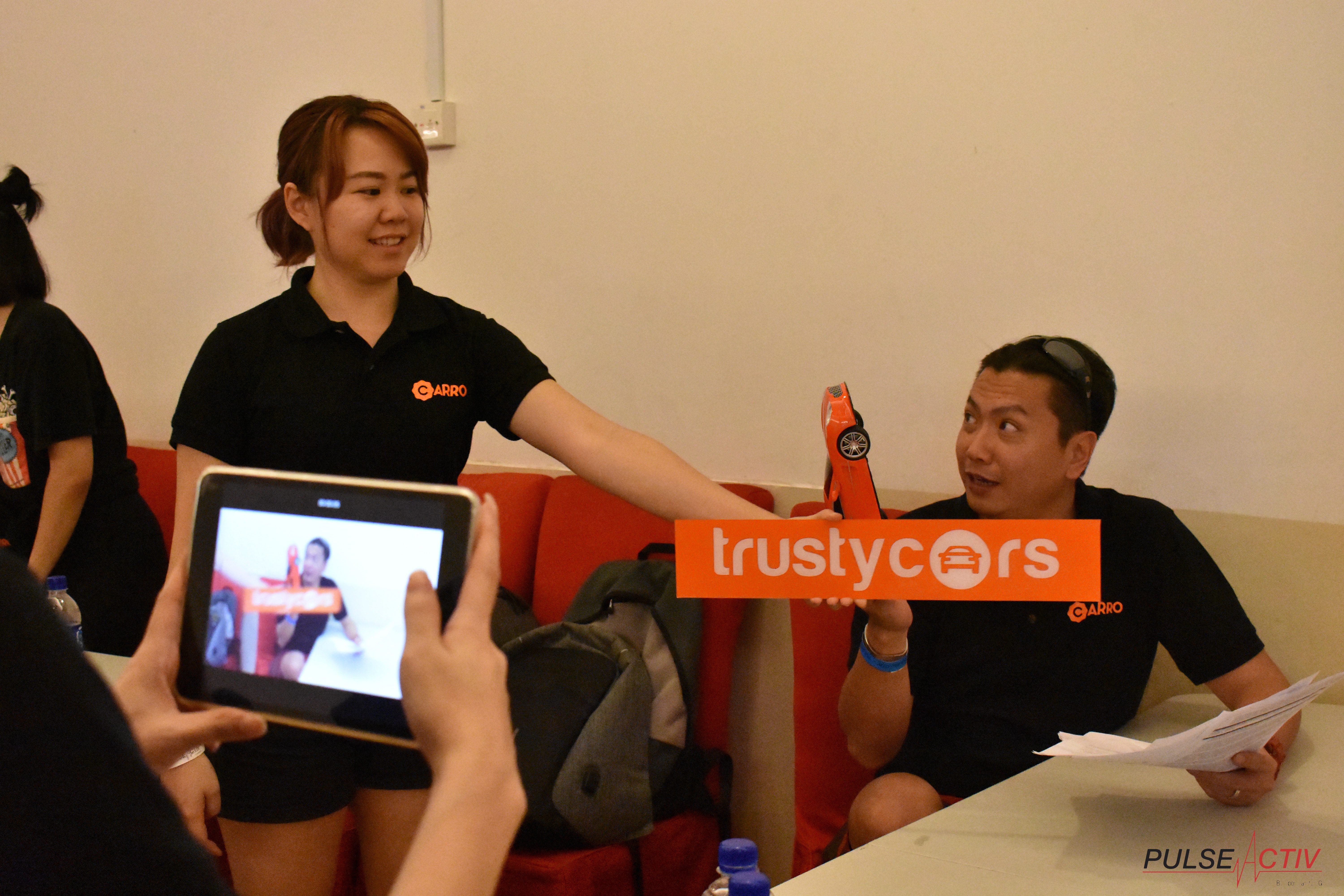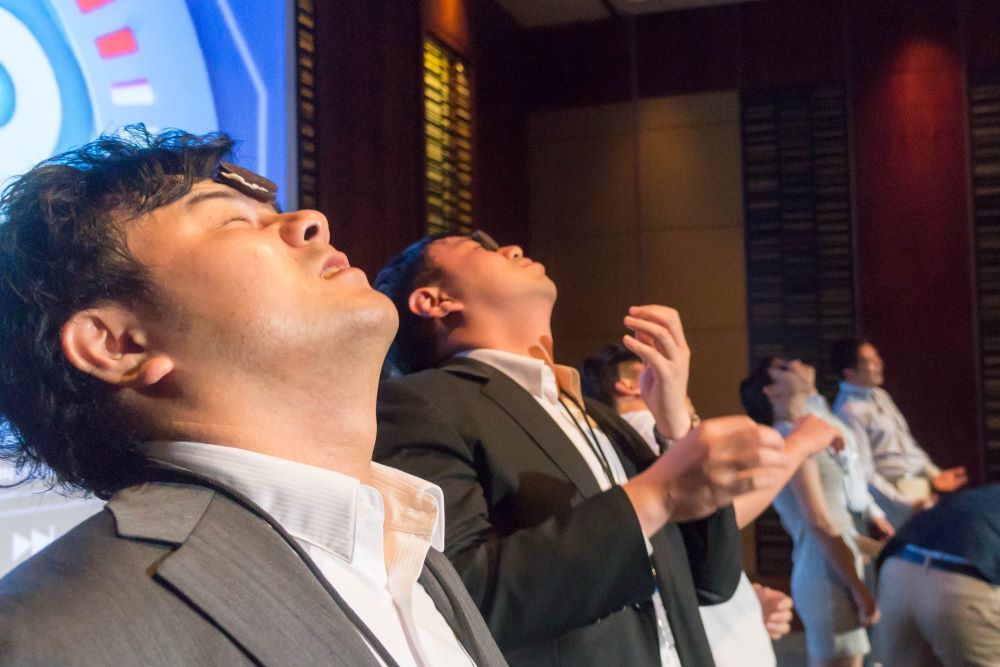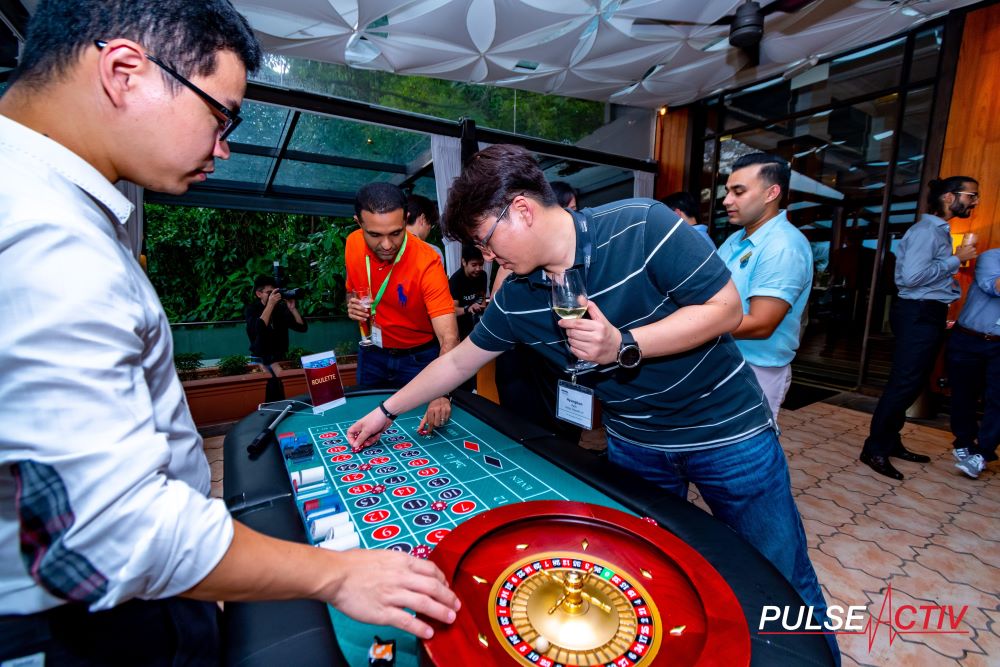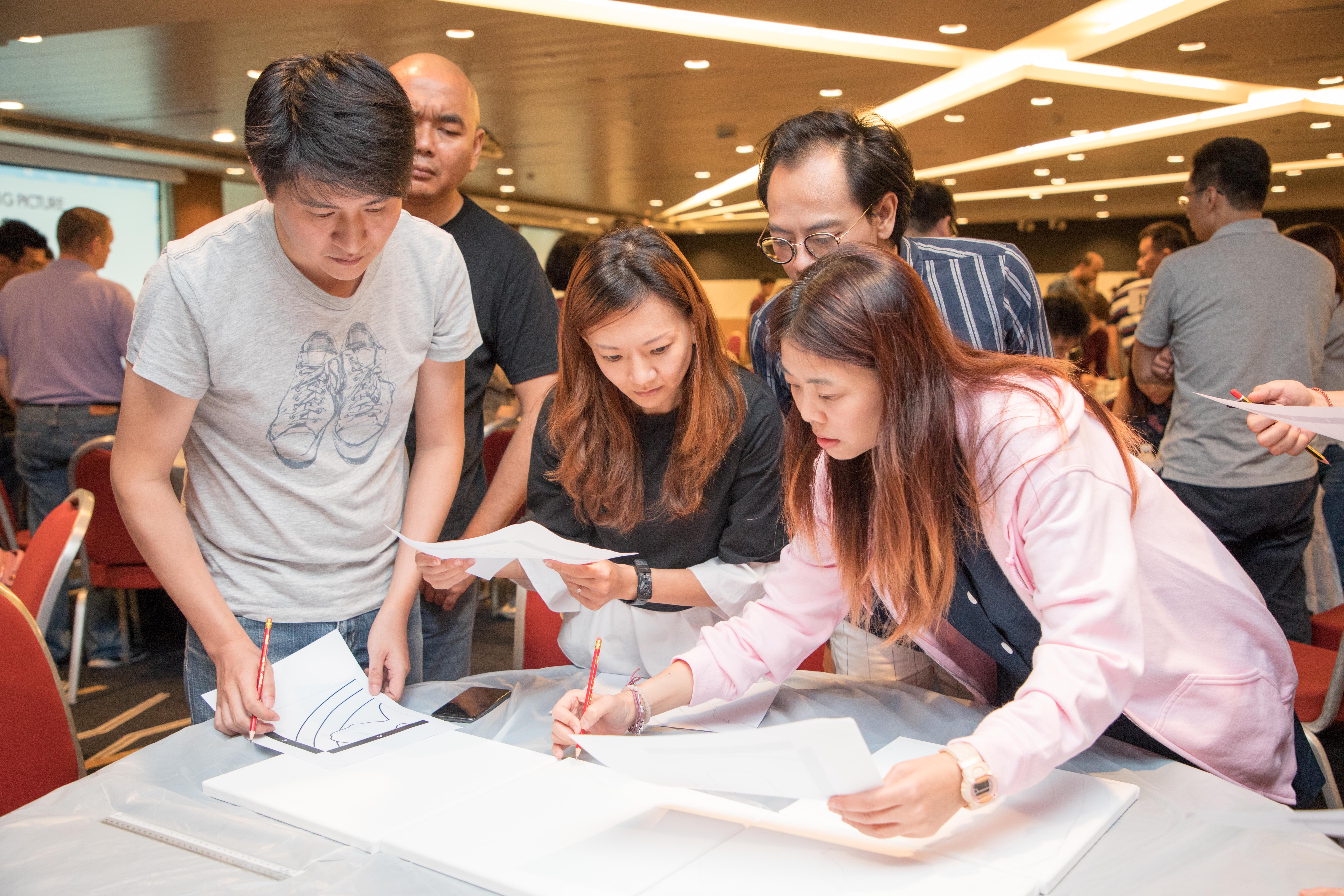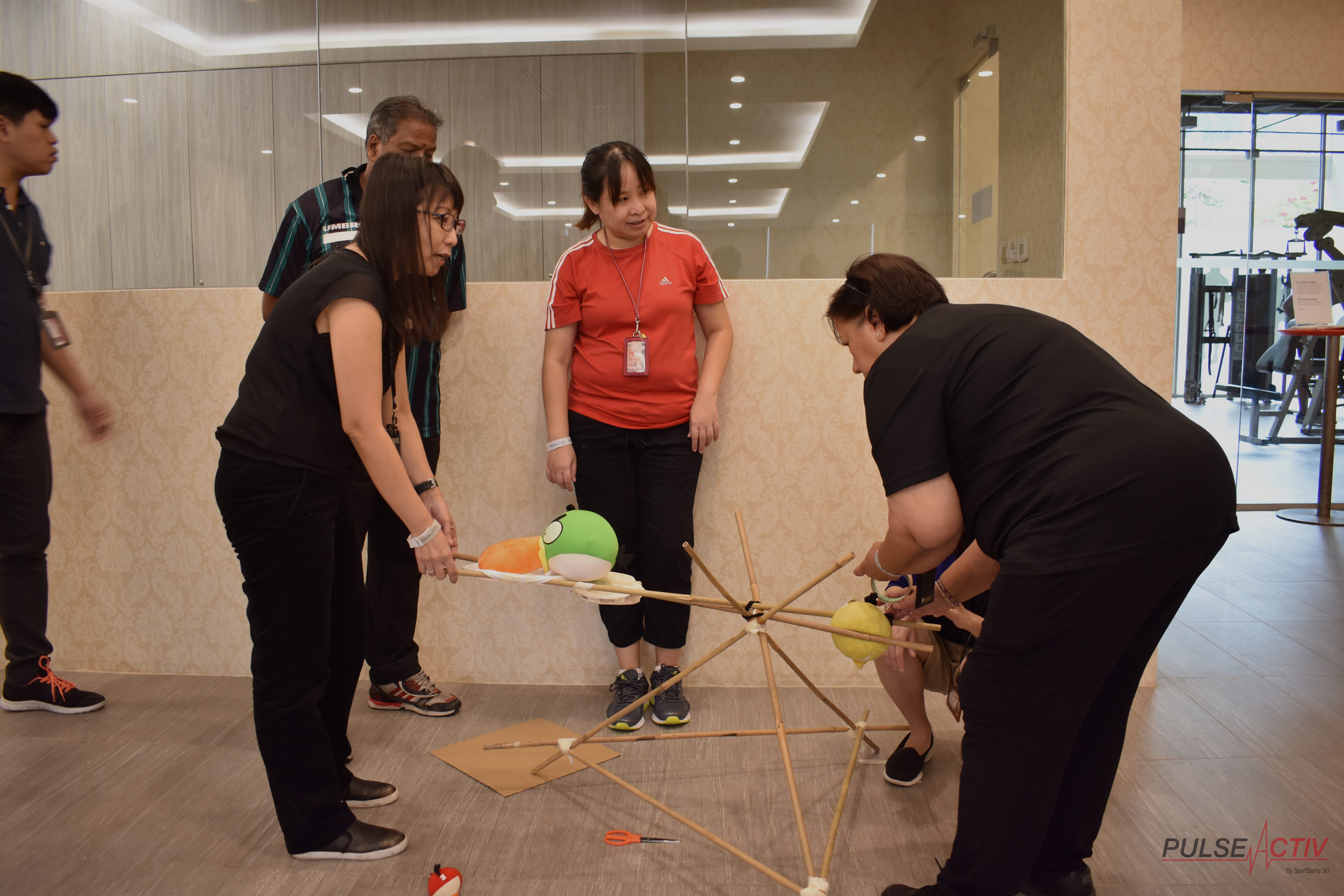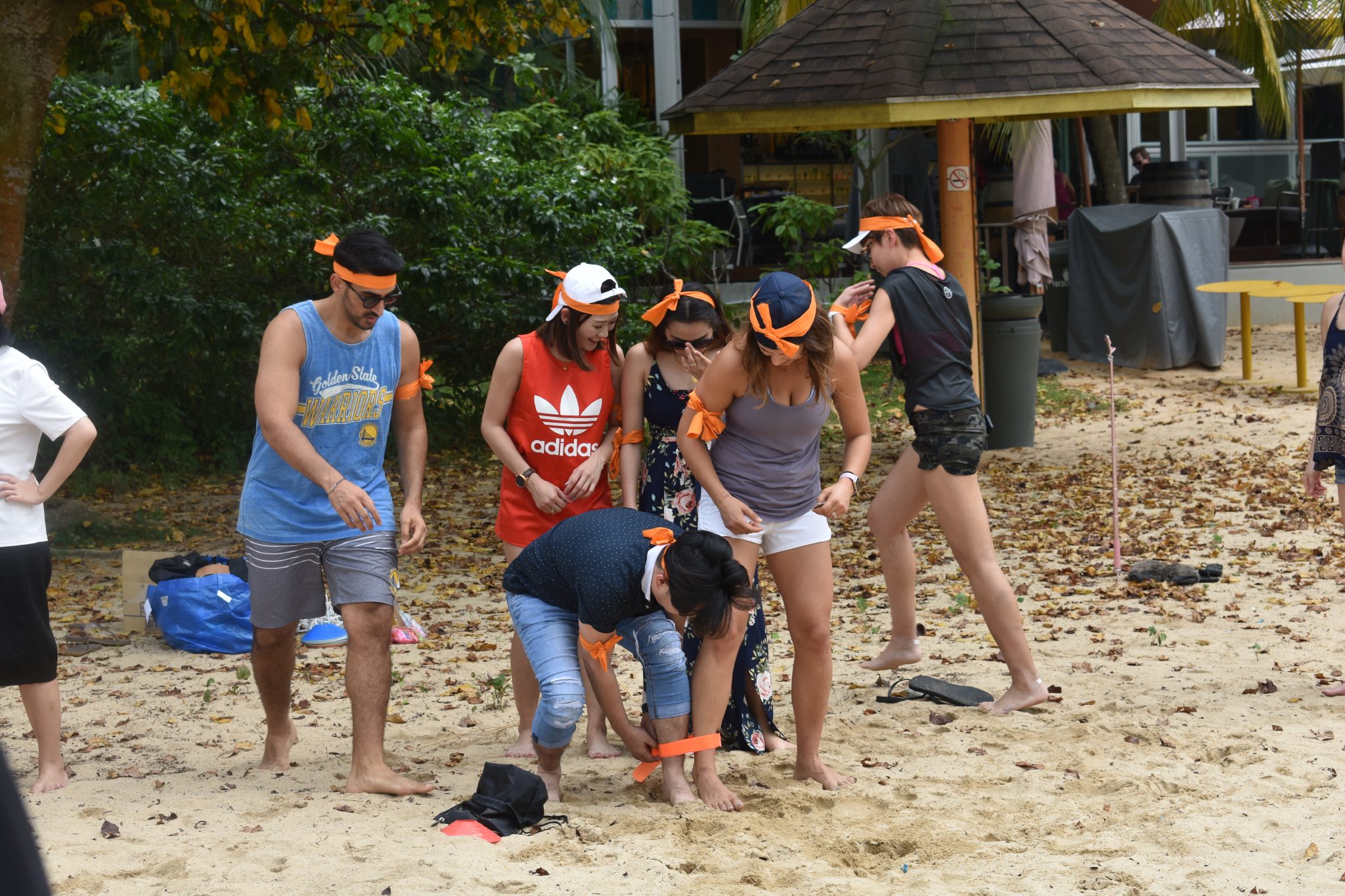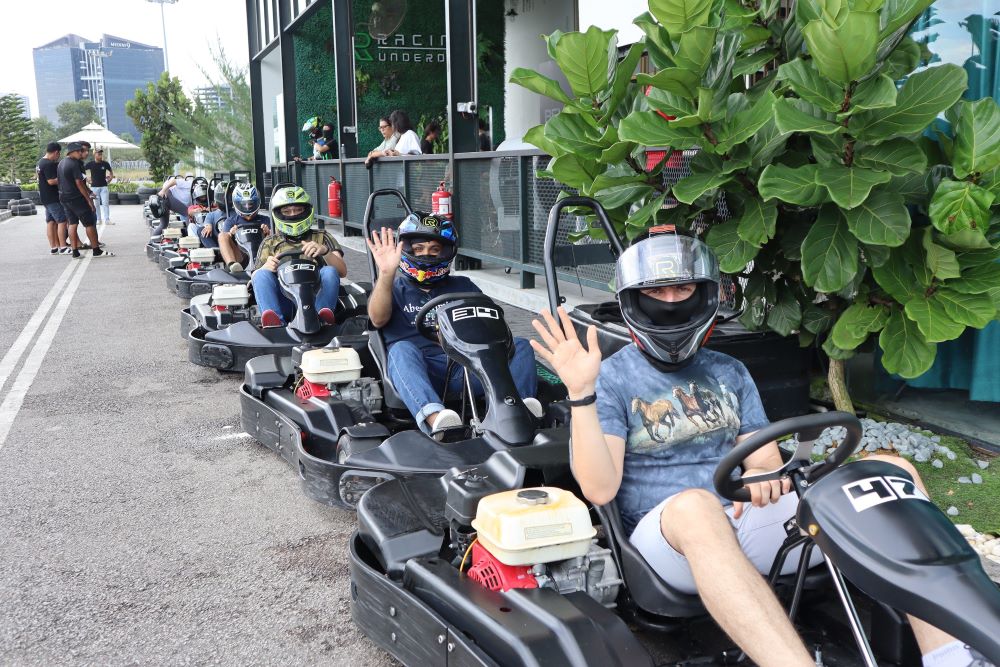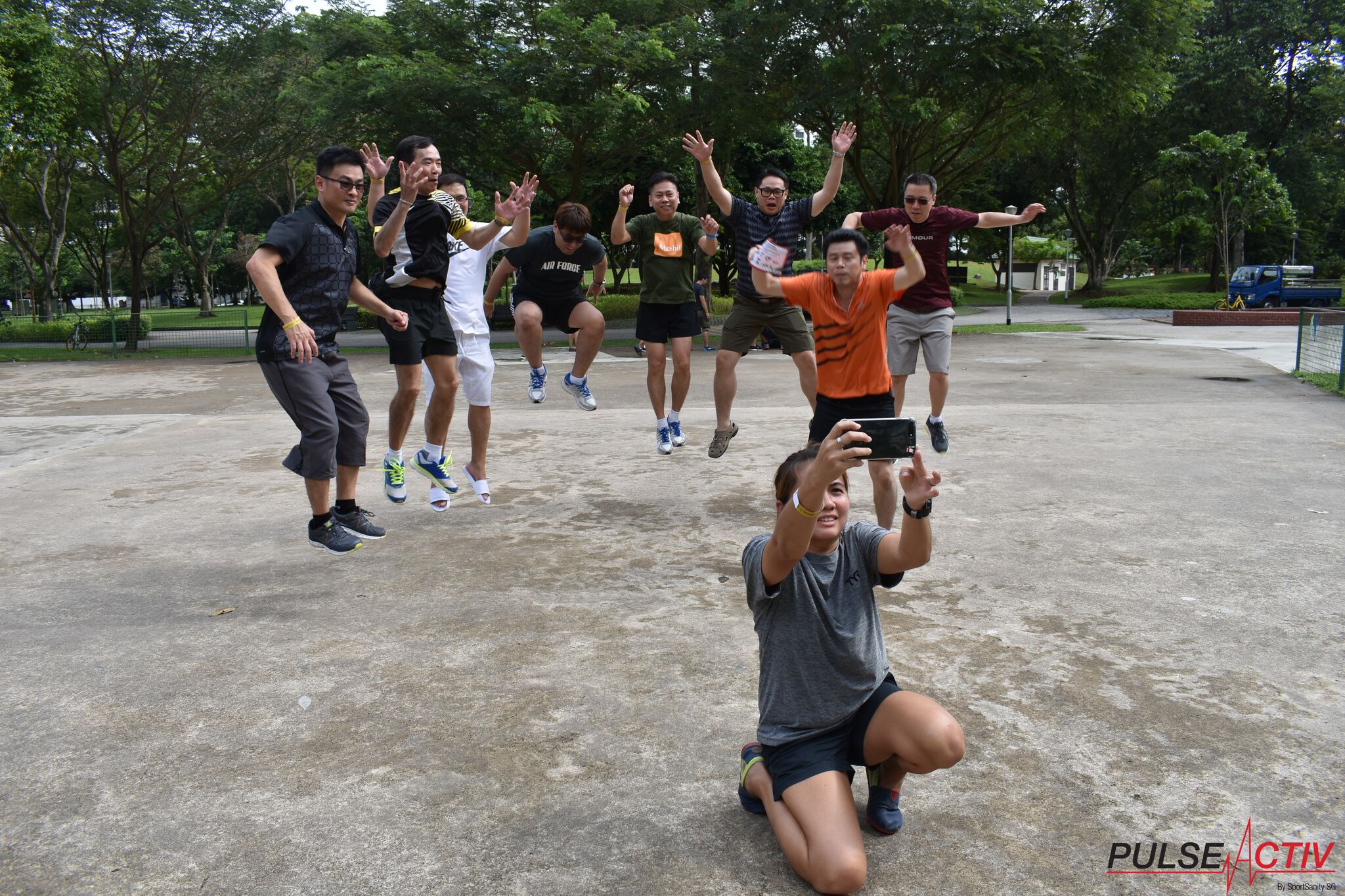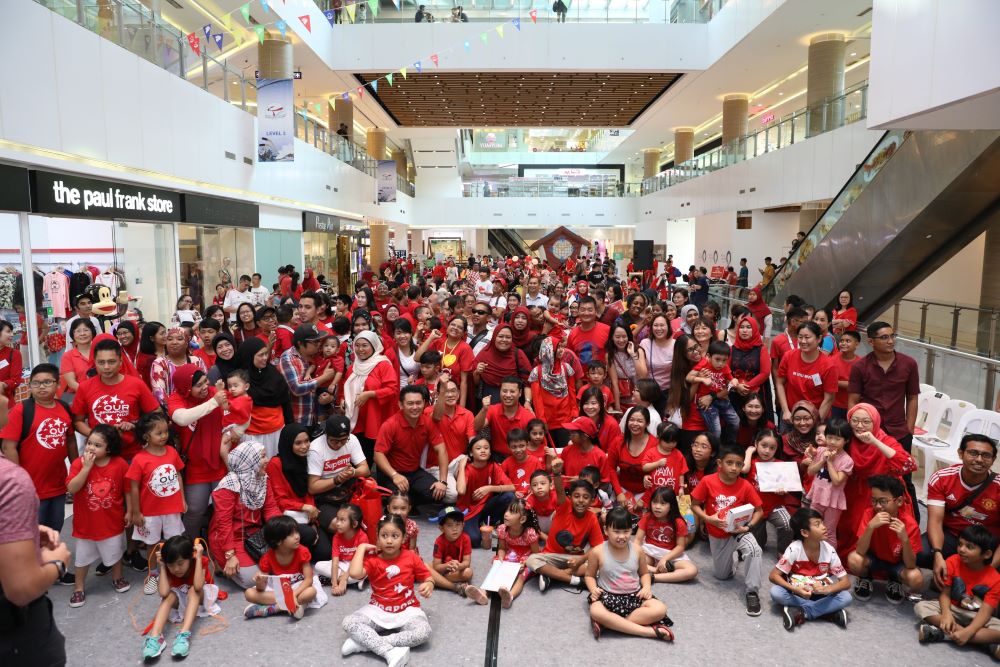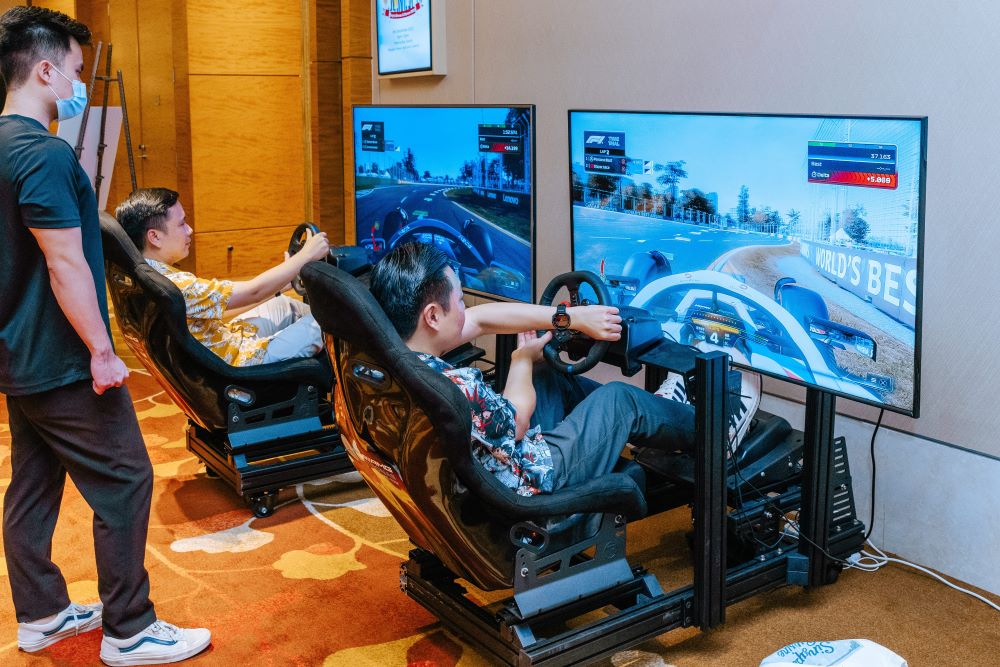Elevating Family Days: The Impact of Event Performances on Ambience
Family days are all about creating memorable experiences, fostering connections, and ensuring that everyone, from kids to grandparents, has a great time. One of the most effective ways to achieve this is by incorporating a variety of event performances. From live bands to magic shows, these performances can significantly enhance the ambiance, making the day more enjoyable and engaging for all attendees. Here’s how integrating performances can elevate your family day event:
1. Setting the Mood with Live Bands
Creating a Festive Atmosphere
A live band can instantly uplift the mood of any event. The energy and excitement that live music brings are unparalleled. Whether it’s a rock band, jazz ensemble, or a string quartet, live performances provide a dynamic backdrop that sets a festive tone. Families can enjoy dancing, singing along, or simply soaking in the music, making the event more vibrant and interactive.
Fostering Social Connections
Live bands also encourage social interaction. Families and friends are more likely to mingle and bond over shared musical interests. The live music can act as a catalyst for conversations and create an inclusive environment where everyone feels involved.
2. Adding Wonder with Magic Shows
Captivating All Ages
Magic shows are a hit with both children and adults. The element of surprise and wonder created by a magician’s tricks captivates audiences of all ages. For kids, magic shows spark imagination and provide an opportunity for interactive fun. For adults, they offer a delightful break from routine and a chance to experience awe.
Creating Memorable Moments
Magic shows are perfect for creating memorable moments. The wonder and amazement they bring are often the highlight of the event for many attendees. Capturing these moments in photos and videos provides families with lasting memories of a fun and magical day.
3. Engaging with Interactive Performances
Encouraging Participation
Interactive performances, such as improv comedy or dance workshops, encourage audience participation. These performances make family days more engaging and inclusive. When participants are actively involved, they feel more connected to the event, which enhances their overall experience.
Enhancing Family Bonding
Interactive performances can also foster family bonding. Activities that require teamwork or collaboration bring family members closer together, creating shared experiences that strengthen relationships.
4. Adding Theatrical Flair with Specialty Acts
Incorporating Unique Elements
Specialty acts, such as fire breathers, acrobats, or stilt walkers, add a theatrical flair to the event. These unique performances provide visual spectacle and entertainment that stands out. The excitement and wonder generated by such acts keep the atmosphere lively and engaging.
Capturing Attention
Specialty acts are excellent for drawing attention and keeping attendees engaged. Their unusual and impressive skills create a buzz around the event, making it a topic of conversation long after it’s over.
5. Enhancing Atmosphere with Themed Performances
Aligning with Event Themes
Themed performances, such as a retro dance band for a 70s-themed family day or a pirate magic show for a nautical theme, add coherence to the event. They align with the overall theme and enhance the immersive experience for attendees.
Creating a Cohesive Experience
When performances align with the event’s theme, they contribute to a cohesive and immersive atmosphere. This alignment ensures that every aspect of the event feels connected and enhances the overall experience for families.
Conclusion
Incorporating live bands, magic shows, interactive performances, specialty acts, and themed entertainment into your family day event can transform the atmosphere and create a memorable experience for all attendees. These performances not only provide entertainment but also foster social connections, encourage participation, and enhance the event’s overall ambiance. By carefully selecting performances that align with your event’s goals and audience, you can ensure a family day that is fun, engaging, and unforgettable.
To head back to read another article in our blog, click here.
